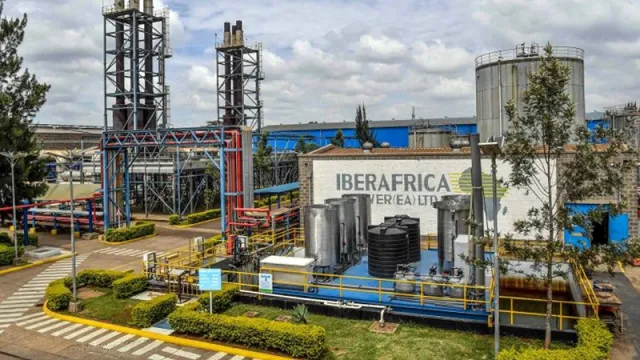The forex charges on PPAs pushing power bills out of reach

The forex charges on PPAs pushing power bills out of reach
Electricity consumers in Kenya keep paying high power bills due to forex adjustments embedded in Power Purchase Agreements (PPAs) signed between Kenya Power and independent power producers.
The report by the Presidential taskforce on Power Purchase Agreements (PPAs) shows that Kenya Power has contracted roughly 30 PPAs with Independent Power Producers (IPPs) and the payment currency obligation was either US dollars or euros.
The John Ngumi led taskforce found out that denominating the IPPs’ tariffs in foreign currency has left consumers paying more owing to weakening of the Kenya shilling against foreign currencies in line with law of demand and supply over time.
"The offtaker is required to convert the local currency to either dollars or euros in fulfilling the payment obligation," the report, which was recently presented to President Uhuru Kenyatta, notes in part.
Electricity consumers are bound to lose given that the life of a PPA averages 20 years and the exchange rates between the local unit and the US dollar/Euro are bound to change significantly during the two decades in favour of the foreign units.
"These costs are passed on to customers every month as pass through costs in the electricity bills, that is, KPLC passes the exchange rate risk to consumers," the PPA audit adds.
Read also: House team backs plan to cut tax on fuel as prices ease
Take Tsavo Power plant PPA that was signed in 2001 in a US dollar denominated deal.
At the time of signing, the shilling was exchanging at Kes72 to the dollar but it has since lost ground sharply to trade at Kes110 at the moment to the greenback.
Subsequent to the depreciation, Kenya Power would require an extra Kes10 today for each dollar it buys to pay for electricity supplied compared to what it would have spent for the same dollar twenty years ago.
Further, the taskforce's analysis shows that Rabai Power Plant, which Kenya Power entered into agreement in 2010 sees the utility look for an extra Kes22.40 for each euro it buys compared to what it would have spent for the same in 2010.
In 2010, the shilling was exchanging at Kes107.63 to the Euro compared to Kes130.03 currently. Rabai Power Plant is projected to last until May 2030.
Iberafrica Power plant, which Kenya Power signed a PPA with in 2009, sees the utility cough an extra Kes34.10 at the moment for each greenback it buys compared to what it would have used for the same 12 years ago.
Equally, in 2014 Kenya Power signed a Euro-denominated PPA with Thika Melec Power Plant, which is expected to be in power production business until March 2034.
The analysis shows that today Kenya Power requires an extra Kes19.90 for each euro it buys to service contractual agreement with Thika Melec Power.
Also burning a hole in the pockets of electricity consumers in Kenya is a deal emanating from a December 2014 euro denominated PPA with Gulf Power plant.
When it was signed, the euro was exchanging at Kes110.17 to the local unit implying that today Kenya Power is heaping Kes19.90 on the consumer to honor its deal with Gulf Power.
Surprisingly, whereas all PPAs appear to be anchored on foreign currencies, the Presidential taskforce identified that some firms such as Diageo, Vodafone and Toyota usually invoice their customers in Kenya Shillings.
The taskforce called for the development of a policy on locally denominated PPAs to help promote the use and adoption in local power contracts.



